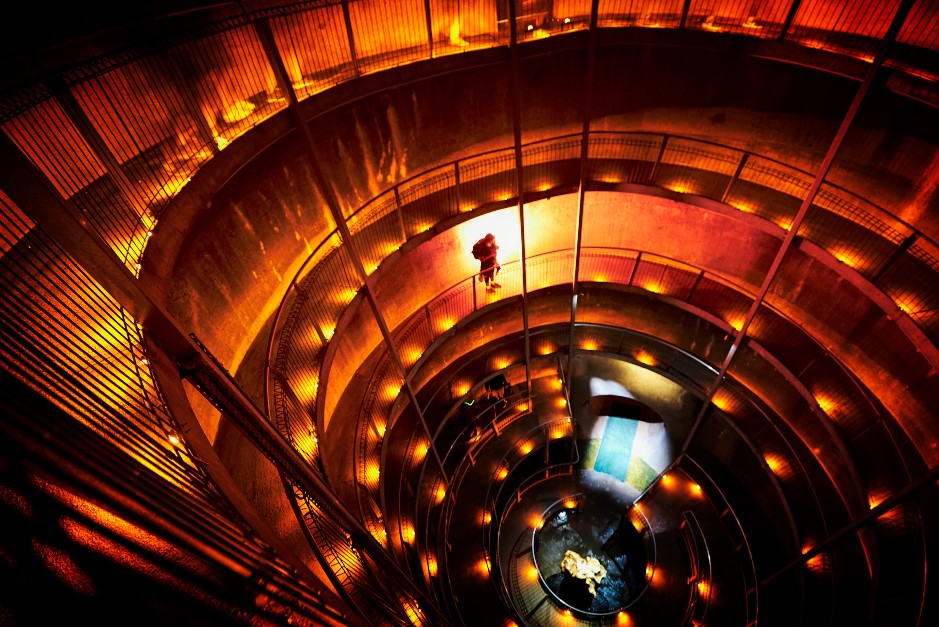He was attacked by wild dogs just outside the original cave entrance. Re-opened in 2005, this cave is now an amazing example of engineering and natural cave structure.
Tane Tinorau, Chief of Kawhia, had crossed the country with a war party to attack the local Ngati Hau Tribe and gain land in the Waitomo area. A hunter was sent to spear birds for food and he discovered the entrance to the cave which was occupied by a number of wild dogs. The wild dogs attacked the hunter who dropped his catch and fled. Later, traps were set by the war party to capture the dogs and they were killed and eaten. Shortly afterwards on success of his attack Tane Tinorau took his people to live near the cave. The cave entrance was used by Maori as a burial ground (wahi tapu) and it is this sacred area that has now been protected with the construction of the spiral entrance a safe distance away.
Ruakuri Cave was first opened to visitors in 1904 by James Holden, an ancestor of the family that still owns much of the land above the cave system. It was the second cave in the region to be opened as a visitor attraction and was quickly announced by early visitors to be visually impressive and an experience that was almost spiritual.
The Government claimed ownership of Ruakuri Cave and the attraction was then operated by the former Tourist Hotel Corporation until February 1988, when a legal and financial dispute forced its closure. Ruakuri Cave was closed for over 18 years and was officially reopened for underground guided walking tours by the New Zealand Prime Minister in July 2005. This followed extensive redevelopment by Tourism Holdings Limited and an agreement with the Holden Family Trust of Waitomo. The re-opening marked the culmination of 18 months of underground construction work on walkways, bridges and a new spiral entrance way.
